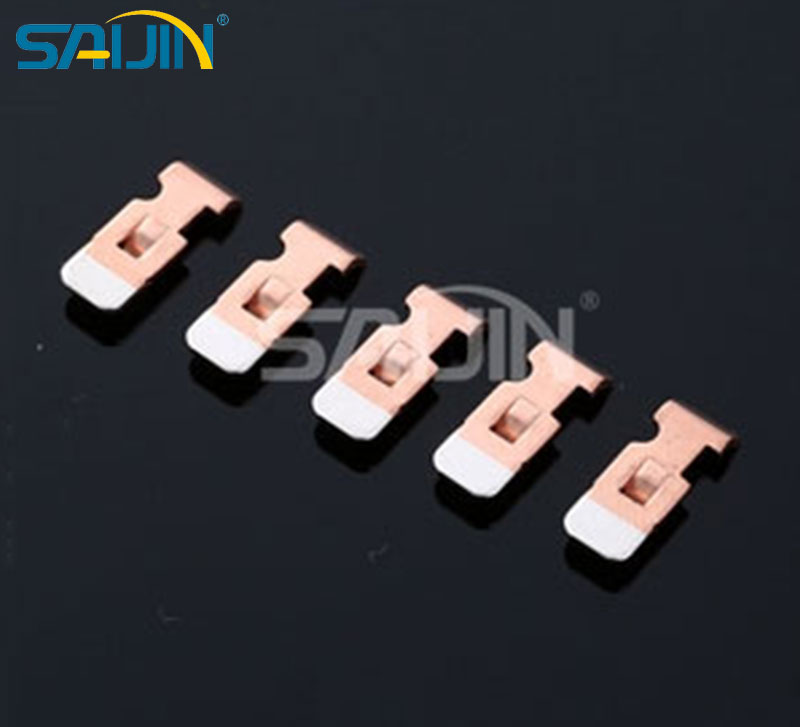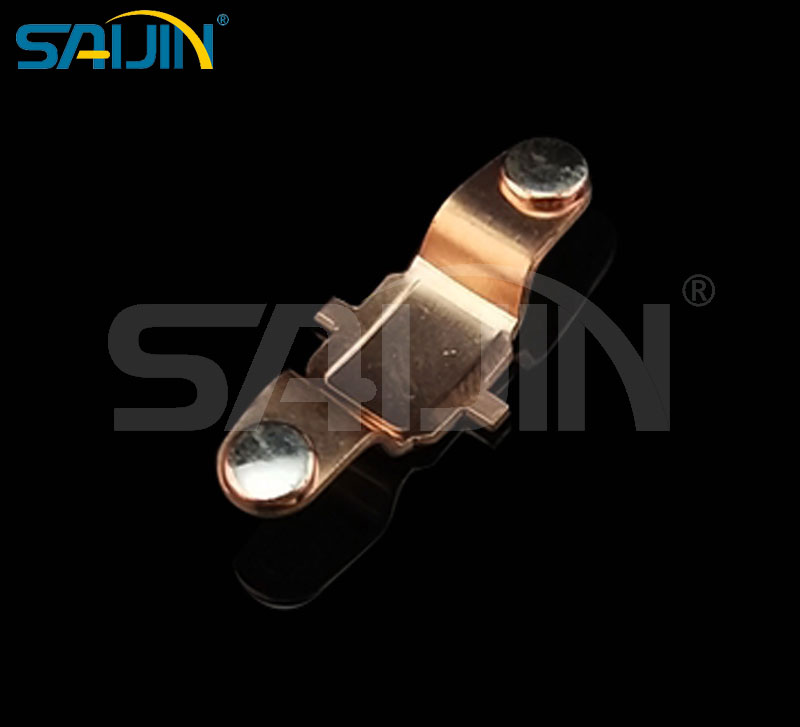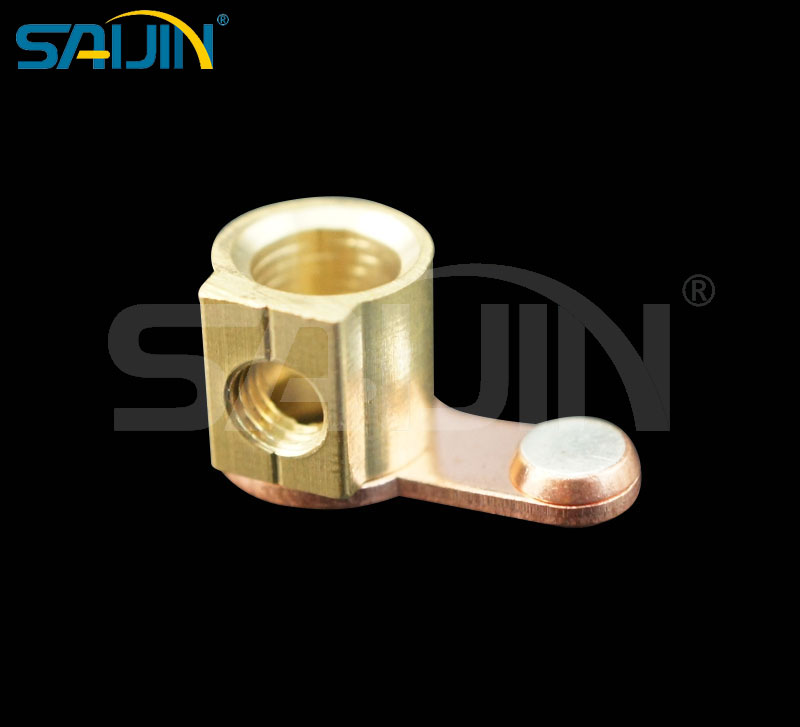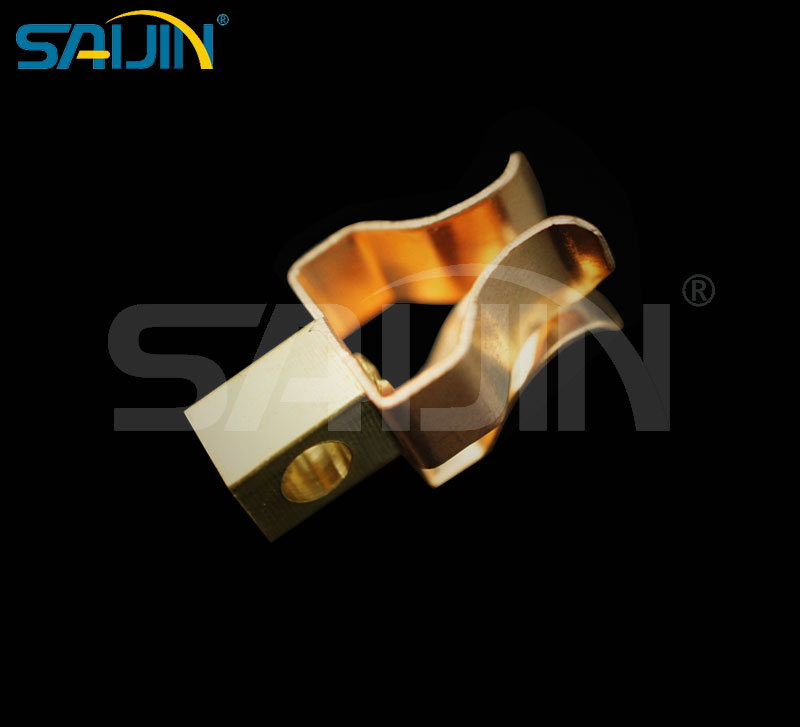What are accessories in electrical?
Electrical accessories form the backbone of modern power distribution systems, ensuring seamless connectivity, safety, and efficiency across residential, commercial, and industrial applications. These components range from the fundamental to the highly specialized, each designed to address specific challenges in electrical engineering. This article explores the diverse landscape of electrical accessories.
Core Categories of Electrical Accessories
Electrical accessories can be broadly categorized into five functional groups, each with distinct roles in power transmission and management:
1. Switches and Socket Outlets
Purpose: Control power flow and provide connection points for devices.
Features:
Switches (toggle, rocker, or push-button) allow users to manually interrupt or restore power to circuits.
Socket outlets (standard, USB-enabled, or industrial-grade) enable safe device connections with features like childproof shutters and surge protection.
Modern variants include smart switches with app-based controls and energy monitoring.
Applications: Residential lighting systems, appliance control, and industrial machinery interfaces.
2. Protection Devices:
Fuses: These sacrificial components melt during overcurrents or short circuits, isolating faulty sections. Made from low-melting-point alloys (e.g., lead-tin) or high-conductivity metals (e.g., silver-copper), fuses like the RL1 series with quartz sand-filled tubes offer rapid arc extinction and high breaking capacity .
Circuit Breakers: Automatic switches that trip under overloads. Smart vacuum circuit breakers, common in 10kV overhead lines, integrate fault detection and remote control capabilities, ensuring minimal downtime.
Surge Protectors: Safeguard sensitive electronics from voltage spikes, often using metal oxide varistors (MOVs) to divert excess energy.
3. Control & Switching Components:
Relays & Contactors: Electromechanical switches that regulate high-power circuits via low-voltage signals. Stamping metal parts here, such as silver-clad contact bridges, ensure reliable make-and-break operations in devices like thermostats and industrial motor controls .
Switches: From simple toggle types to smart IoT-enabled variants, switches rely on precision-machined metal contacts for durability. French brands like Legrand emphasize child-resistant shutters and flame-retardant materials in their designs.
4. Cabling & Termination:
Wire Terminals: Brass or phosphor bronze connectors (e.g., ring, spade, or fork terminals) securely fasten wires to devices. Stamping processes ensure uniform crimping surfaces for low-resistance connections.
Busbars & Power Rails: Thick copper/aluminum bars in switchboards that distribute power. These are often coated with tin or nickel to prevent oxidation.
5. Safety & Installation Accessories:
Junction Boxes: Enclose wiring connections to prevent accidental contact. Flame-retardant plastics or galvanized steel variants are common.
Cable Management Systems: Clips, conduits, and trunking organize and protect wires, reducing tripping hazards and electromagnetic interference.
Importance of Choosing the Right Accessories
Selecting appropriate electrical accessories ensures:
Safety: Compliance with standards (e.g., IEC, NEC) minimizes fire and shock risks.
Efficiency: Properly rated components reduce energy loss.
Durability: High-quality materials withstand environmental stress.
Scalability: Modular designs accommodate future expansions.
Conclusion
Electrical accessories like French Wall Socket Stamping Metal Parts ensure safety and performance in modern systems. Whether upgrading home wiring or designing industrial setups, prioritize certified, durable components tailored to regional standards. Always consult professionals for complex installations!
Frequently Asked Questions (FAQs)
Q1: Why are stamped metal parts important in French wall sockets?
A: Stamped metal parts (e.g., contacts, brackets) ensure reliable conductivity and mechanical strength. France’s Type E sockets require precision-stamped components to meet EU safety standards (e.g., CE, NF certification).
Q2: What materials are best for electrical socket parts?
A: Brass or phosphor bronze for contacts (high conductivity), stainless steel for structural parts (durability).
Q3: How do I choose the right socket for international use?
A: Match voltage (e.g., 230V in France) and plug type (Type E for France). Use adapters or dual-voltage sockets for compatibility.
Q4: Are plastic sockets less durable than metal-stamped ones?
A: Plastic sockets are lightweight and cost-effective but may degrade faster under high heat. Metal-stamped parts enhance longevity in high-load applications.
Q5: What safety certifications should I check for?
A: Look for CE (EU), UL (US), or NF (France) marks. These ensure compliance with fire, shock, and load safety standards.
Q6: Can I install a French socket in a non-EU country?
A: Yes, but ensure compatibility with local voltage and wiring standards. Consult an electrician for safe retrofitting.
Q7: How do stamped parts improve manufacturing efficiency?
A: Stamping allows mass production of uniform metal parts at lower costs compared to machining.




